Scientists Says Herd Immunity in India May Generate Only in Pockets, Likely to be Short-lived: COVID-19
Fri 31 Jul 2020, 15:25:14
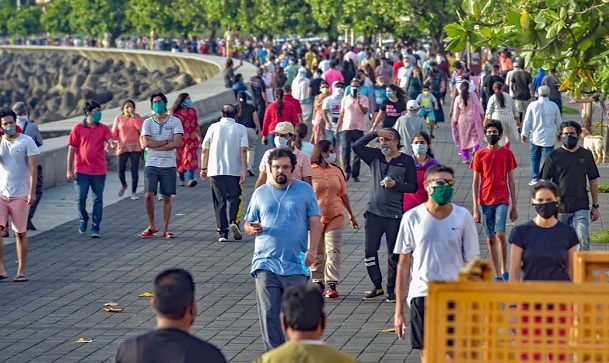
Herd immunity against COVID-19 in India is likely to be achieved only in pockets given the many socio-economic groups in the country and may be short-lived rather than long-lasting, say scientists as sero-surveillance data from New Delhi and Mumbai raise hopes of 'community protection' from the disease.
Herd immunity occurs when a large number of people, usually 70 to 90 per cent, become immune to a contagious disease after being infected to it.
But there are many grey areas clouding the issue as far as the novel coronavirus is concerned with no consensus on when herd immunity sets in.
"There are no clear numbers to say at what per cent of infected population we will achieve herd immunity. Many epidemiologists believe that for SARS-CoV-2 it would be at around 60 per cent," said Shahid Jameel, virologist and CEO of the Wellcome Trust/DBT India Alliance, a public charity that invests in building biomedical sciences and
health research frameworks.
He said different parts of the country will get closer to herd immunity at different times.
An ongoing report distributed in the diary Science likewise found that crowd invulnerability against COVID-19 could be accomplished with less individuals being tainted than recently assessed.
"Crowd invulnerability is resolved basically by what number of people in a populace are insusceptible to a specific disease. This outcomes in roundabout invulnerability to others in the populace who never got uncovered or contaminated," clarified virologist Upasana Ray.
"Basically, group resistance implies that the more the quantity of individuals get contaminated and create invulnerability, the less possibility there is for others in the populace to get tainted," Ray, senior researcher at CSIR-IICB, Kolkata, told PTI.
Immunologist Satyajit Rath concurred that it was not known when of the disease group resistance would set in.
"In India, with its huge number of financial groupings, crowd resistance might be produced in pockets instead of consistently the nation over, and might be brief," Rath, from New Delhi's National Institute of Immunology, told PTI.
"What's more, thusly, the possibility of normally created dependable group invulnerability may not be of much viable arrangement importance for India," he included.
The discussion on crowd resistance increased after sero-studies from New Delhi and Mumbai, two of India's most populated urban communities where the quantity of COVID-19 cases flooded before demonstrating a declining pattern.
The sero-surveillance study in Mumbai revealed that 57 per cent of its slum population and 16 per cent of its non-slum residents in three civic wards had developed antibodies, indicating many people would already be affected by COVID-19 than the official tally suggests.
"These results will be valuable to learn more about herd immunity," stated Brihanmumbai Municipal Corporation (BMC) in a
statement.
statement.
Delhi's sero-survey showed that nearly 23 per cent of the people had exposure to the novel coronavirus, which has infected over 1.5 million people in the country and killed nearly 35,000.
Sero-surveillance provides estimates of antibody levels against infectious diseases and is considered the gold standard for measuring population immunity due to past infection or vaccination.
An antibody is a large, Y-shaped protein produced mainly by plasma cells that is used by the immune system to neutralise pathogens like viruses.
Rath noted that seropositivity does not necessarily indicate protective immunity, adding that there is some evidence the antibody responses may be short-lived, in which case many people may soon become 'susceptible' again.
On the other hand, he said, infected people also develop T cell immune responses which are not being measured in such surveys.
T cells - that play a central role in the immune response - might be somewhat longer-lasting, but it is not known what their relationship with protection is.
"So while my guess is that, broadly, once we get infected we are likely to be somewhat immune, at least for a few months, against re-infection, I think there are many unknowns and caveats and we should not be jumping to easy conclusions," Rath added.
Virologist Jameel said it would be a mistake to talk of herd immunity on a national scale.
"This is because conditions such as population density, virus prevalence and transmission of infection vary across the country and even within a state of a metro city,"Jameel told PTI.
"For example, one cannot compare Mumbai city to Arunachal Pradesh. Even in Mumbai, one cannot compare a densely populated area such as Dharavi to South Mumbai. Herd immunity is best understood in terms of a community, locality or population group," he explained.
Herd immunity, Ray added, also depends on how Infectious the pathogen is.
"So, if a virus is extremely infectious and less pathogenic, herd immunity will be achieved faster," she said.
Pathogenicity is the capacity of a virus to cause damage in a host, while "infectivity" is the ability of a pathogen to establish an infection.
"So, the more the pathogenicity, the more time it will take for herd immunity. More the infectivity, and if it's moderate to less pathogenic, the faster shall we achieve herd immunity," Ray said.
A Spanish study published in The Lancet journal in the first week of July cast doubts over the feasibility of herd immunity as a way of tackling the pandemic.
The study of over 60,000 people estimated that around just five per cent of the Spanish population has developed antibodies.
"Depending upon what model you believe in, we may or may not be close to herd immunity. "Another factor to consider is that people are always moving about in and out of various zones or areas and between states," Jameel said.
No Comments For This Post, Be first to write a Comment.
Most viewed from Coronavirus Updates
Most viewed from Health
AIMIM News
Latest Urdu News
Most Viewed
May 26, 2020
Can Lionel Messi's visit boost Indian football?
Latest Videos View All
Like Us
Home
About Us
Advertise With Us
All Polls
Epaper Archives
Privacy Policy
Contact Us
Download Etemaad App
© 2026 Etemaad Daily News, All Rights Reserved.

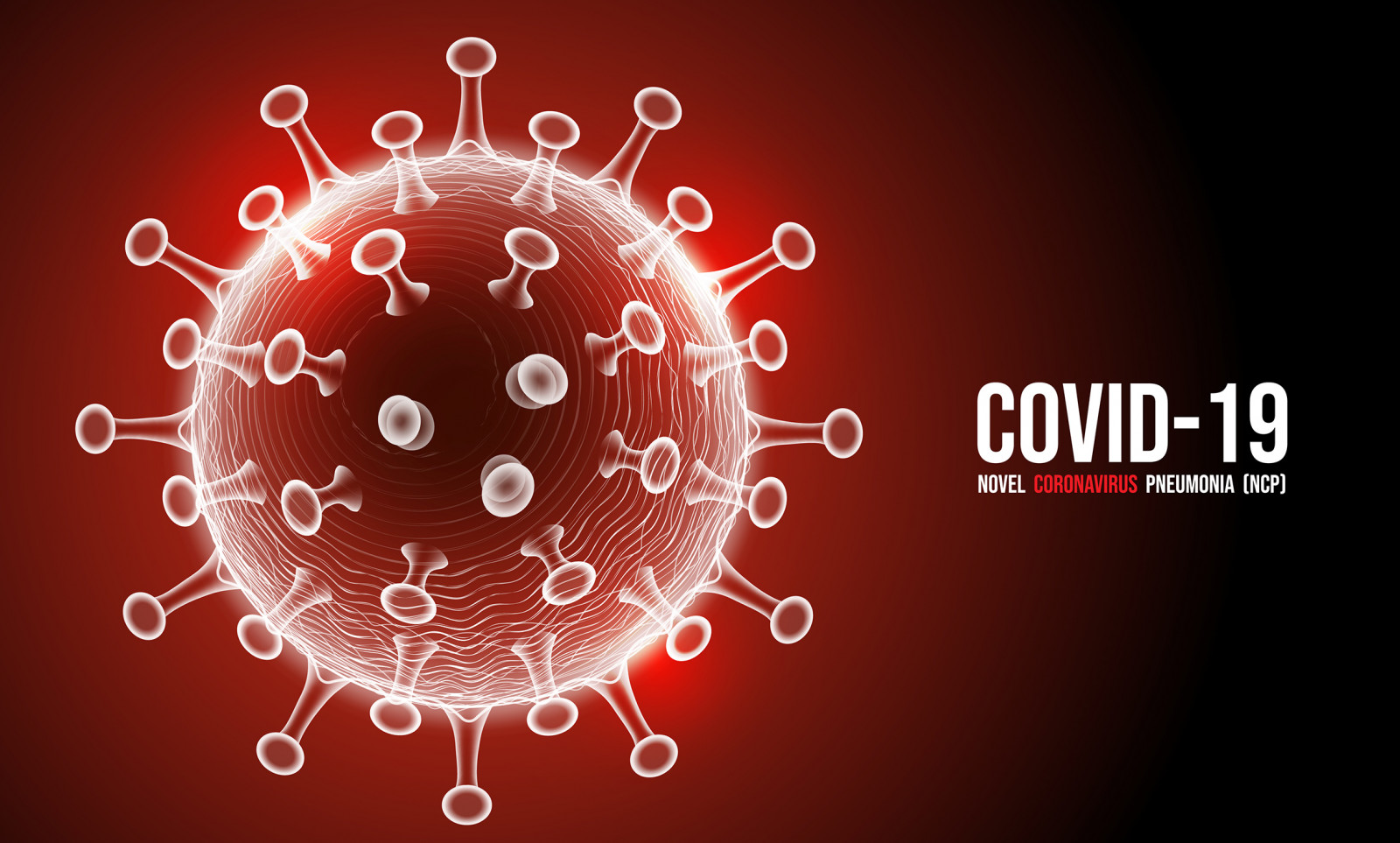
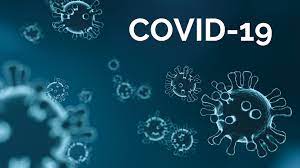

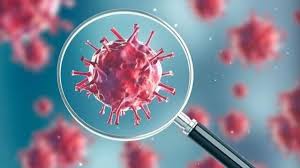
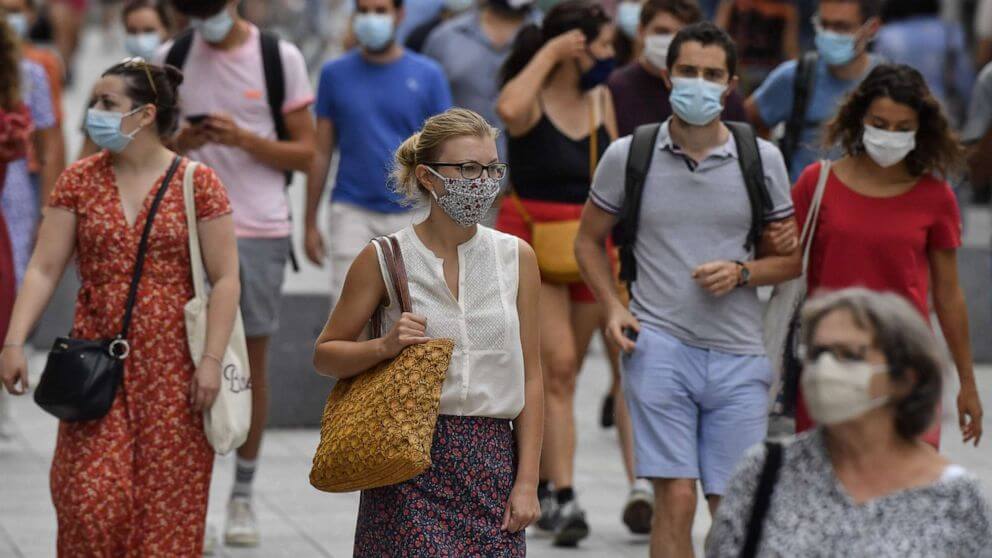
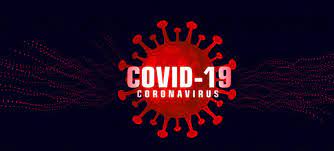
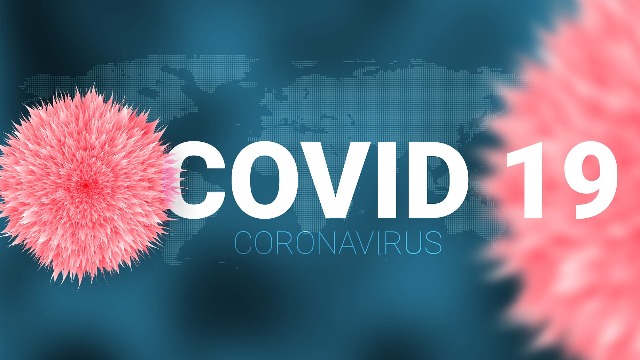
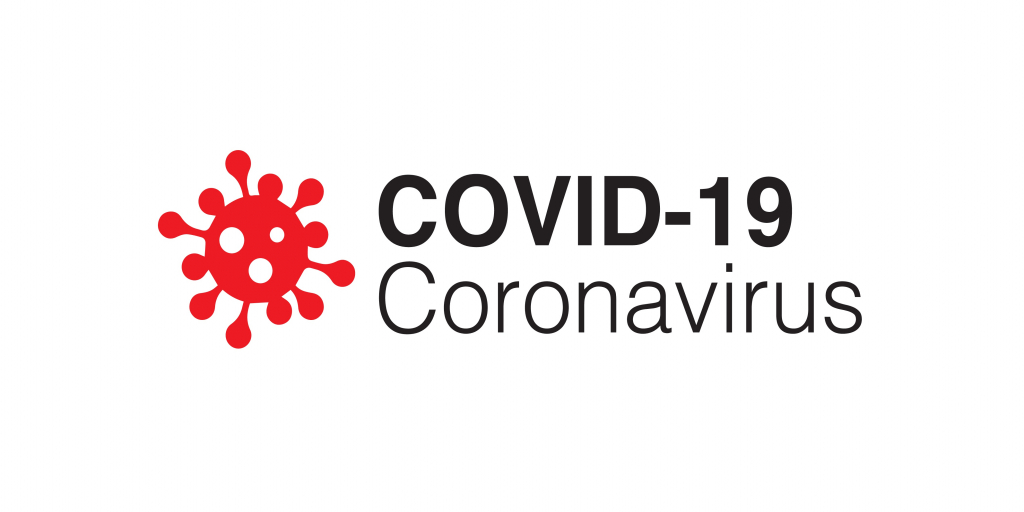
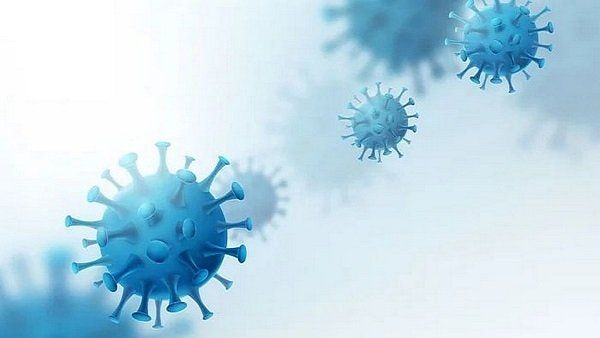
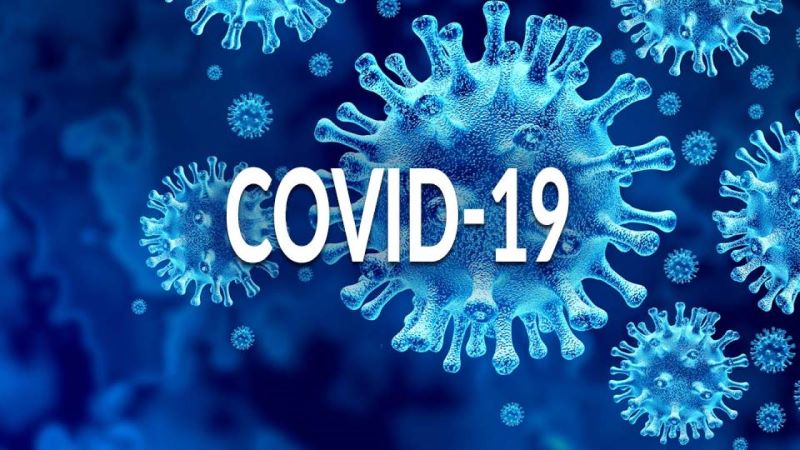
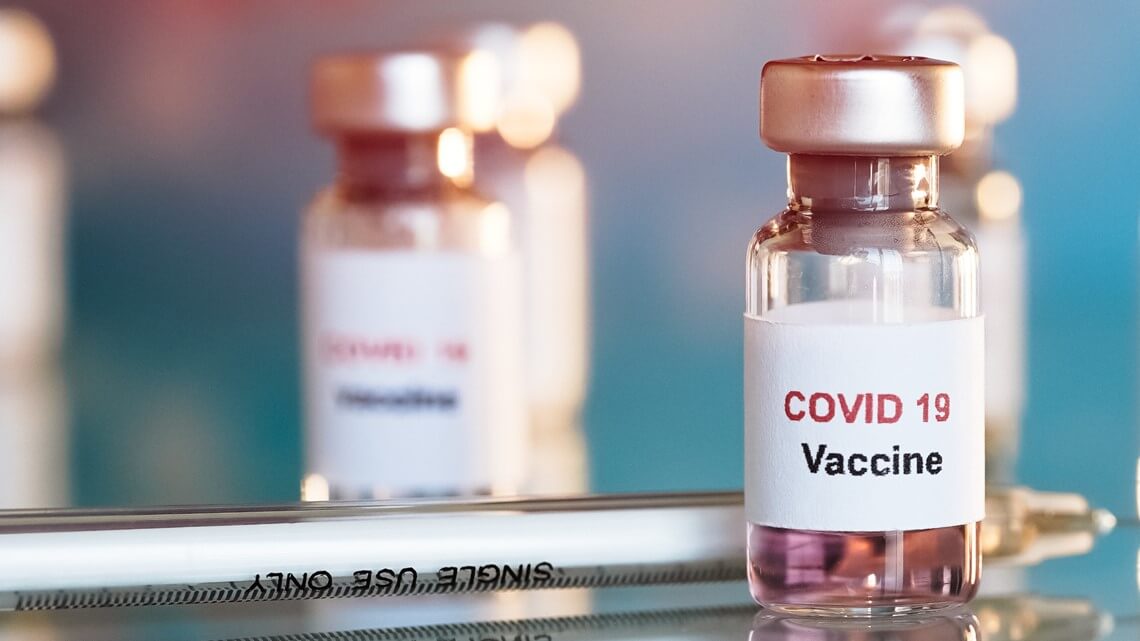
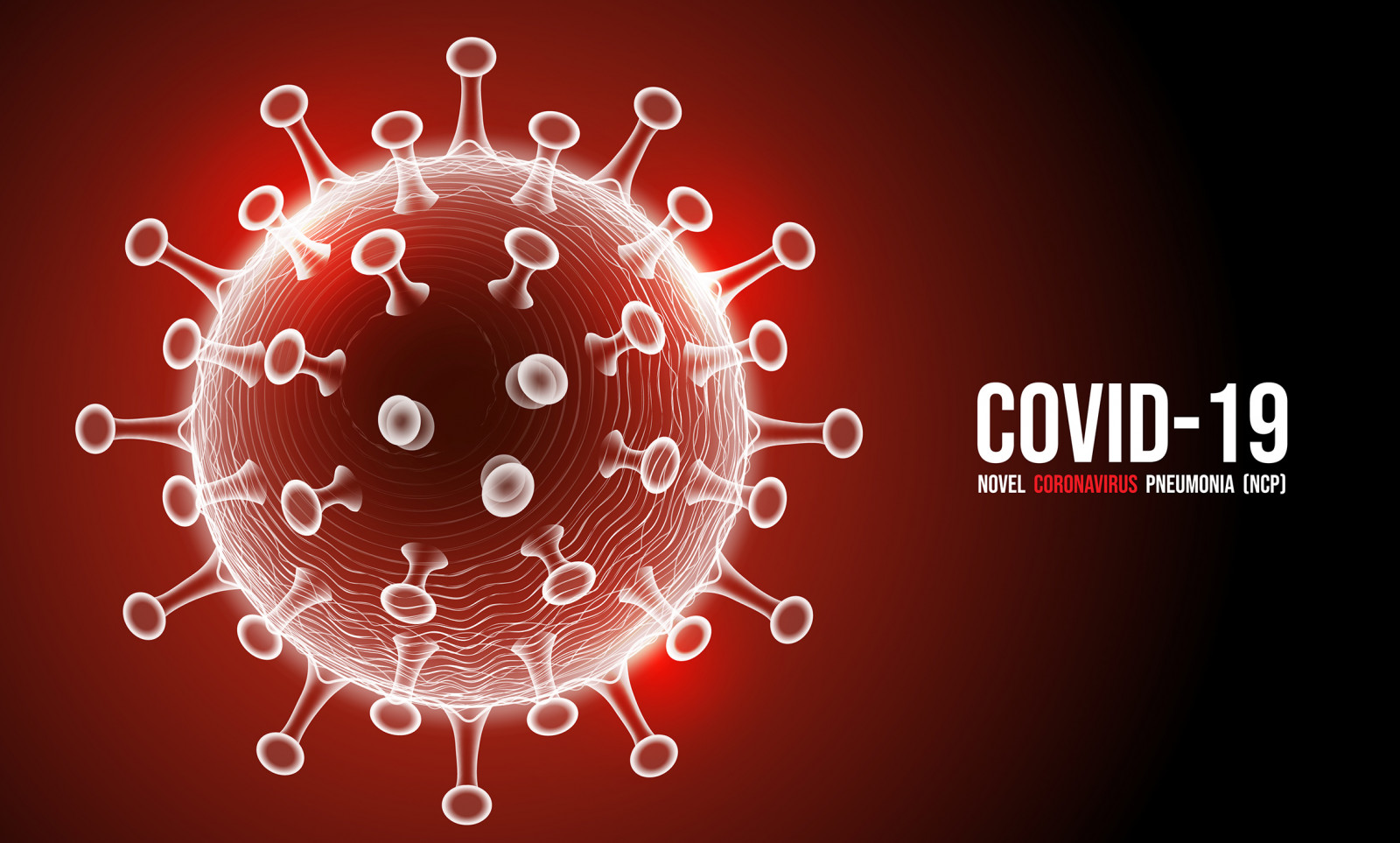
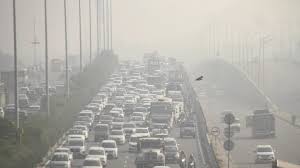

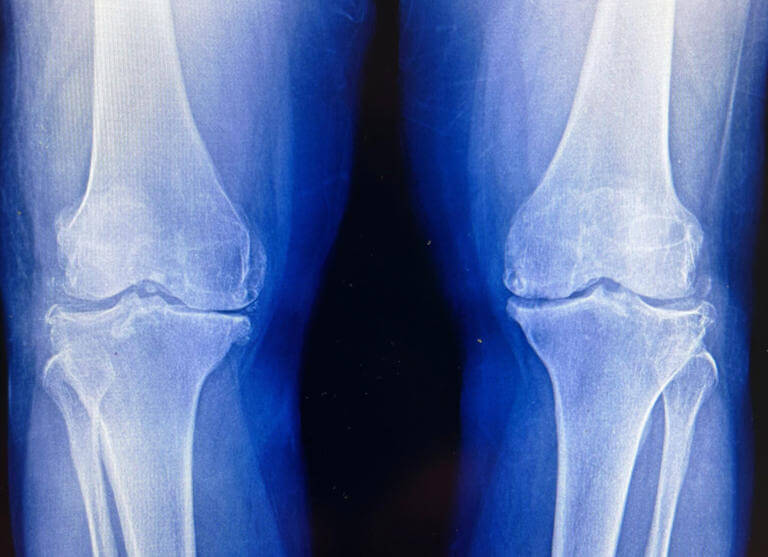
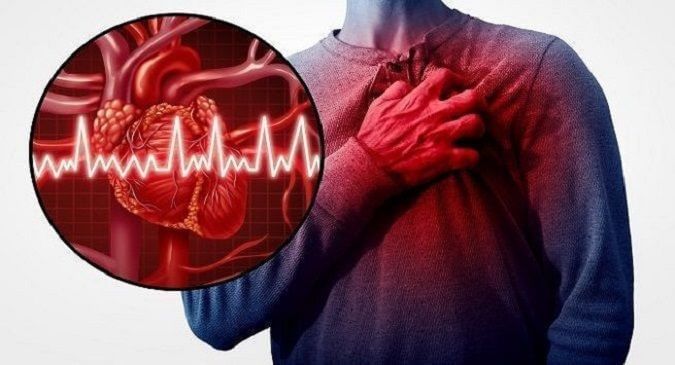
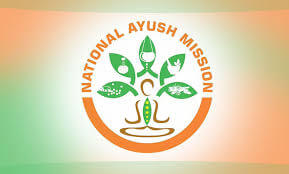
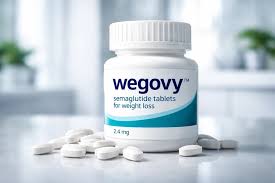
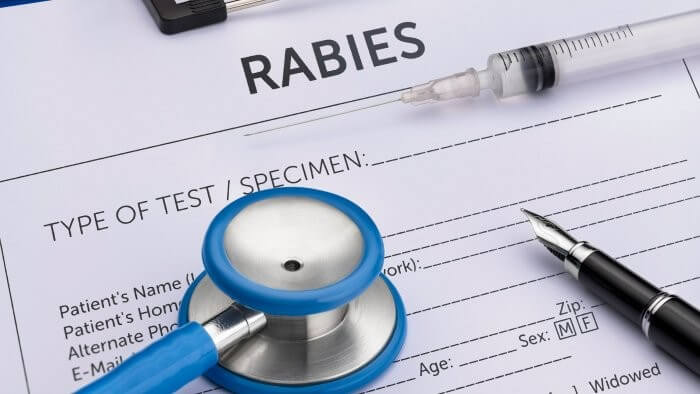
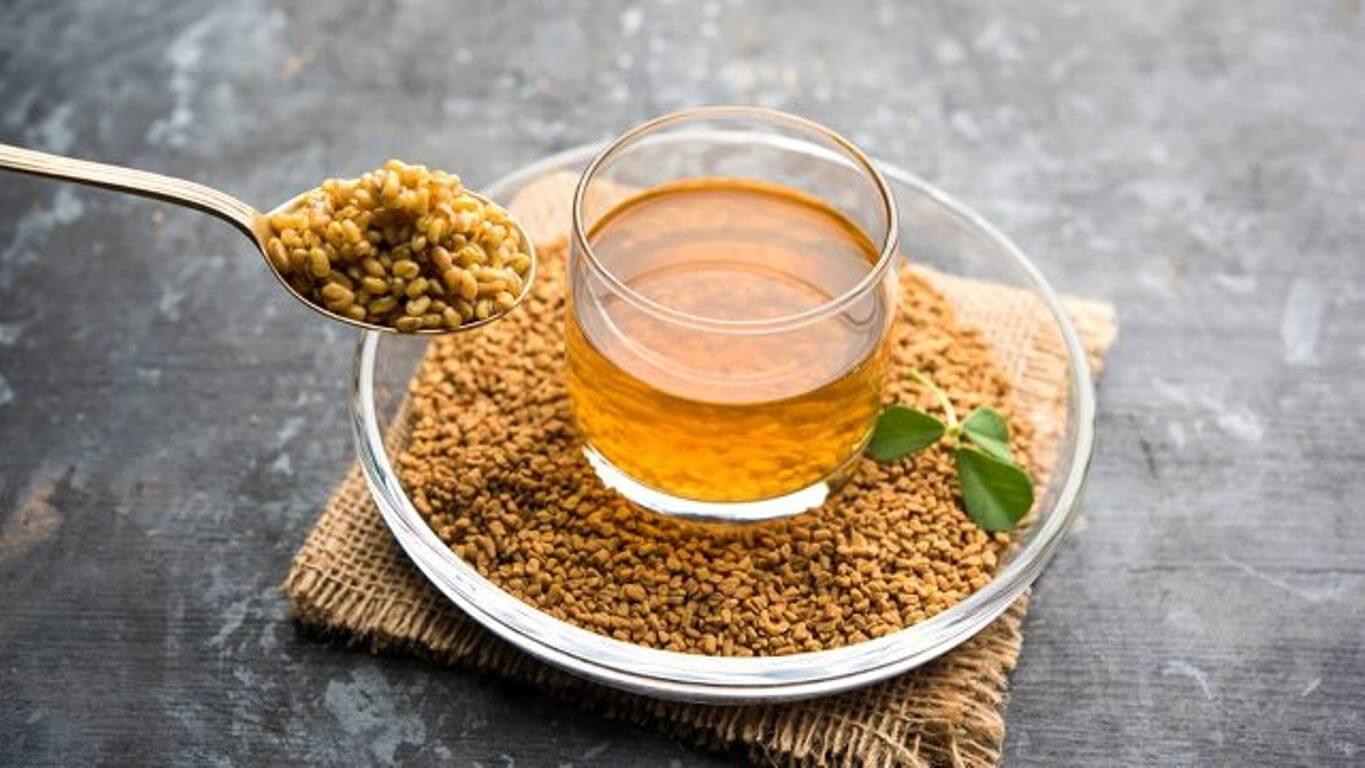

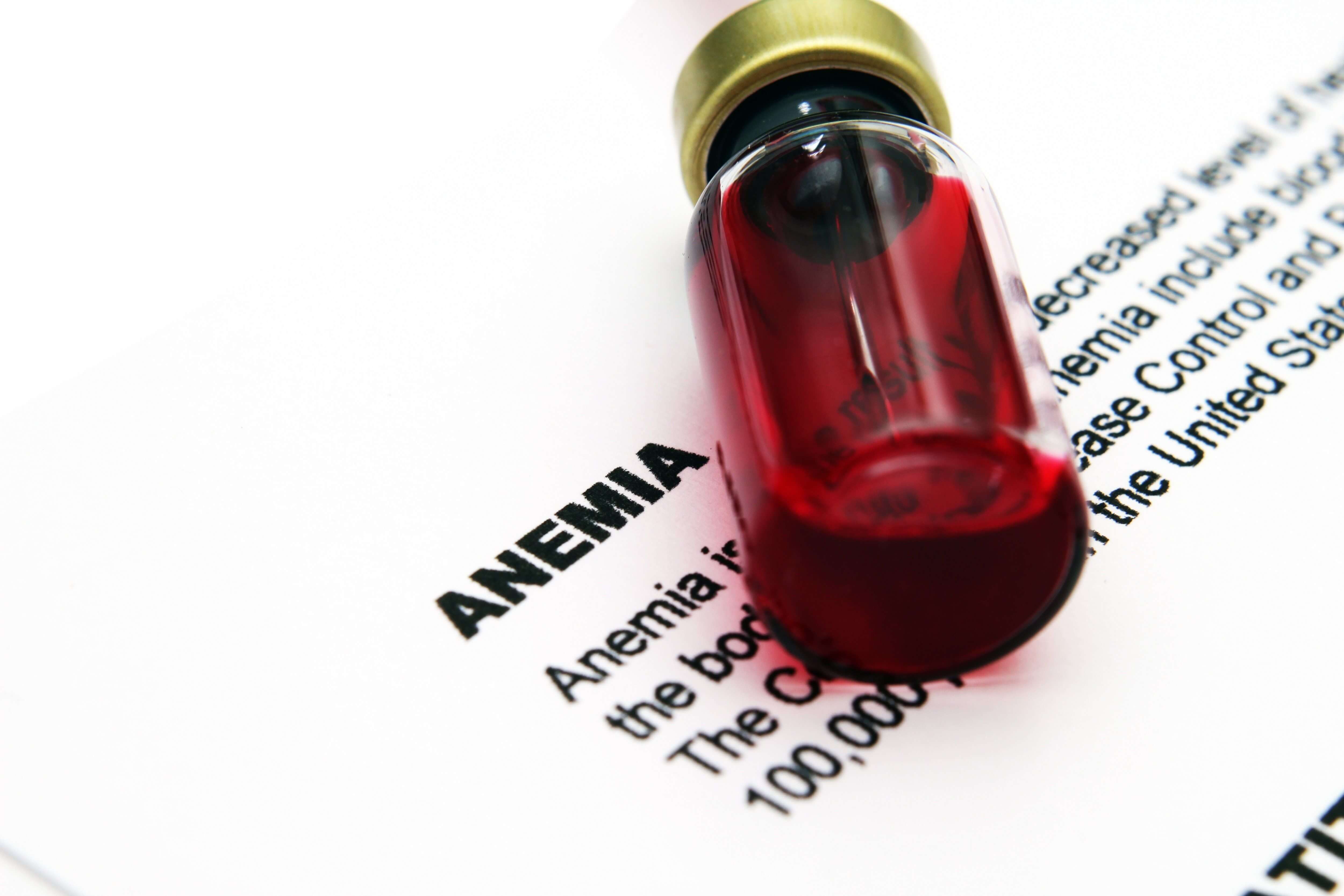
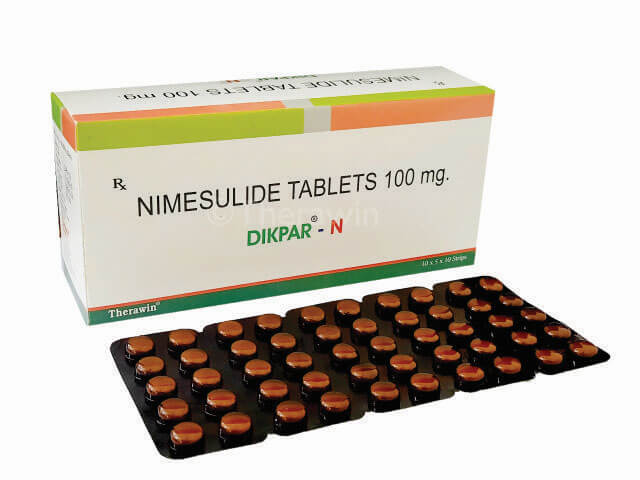













.jpg)
.jpg)
.jpg)


